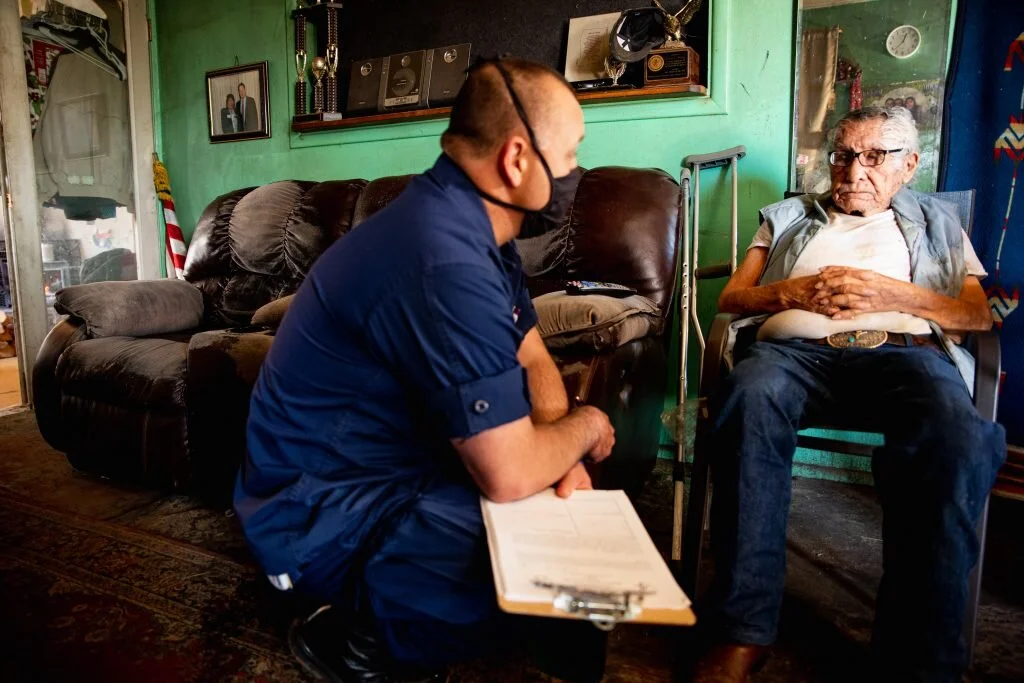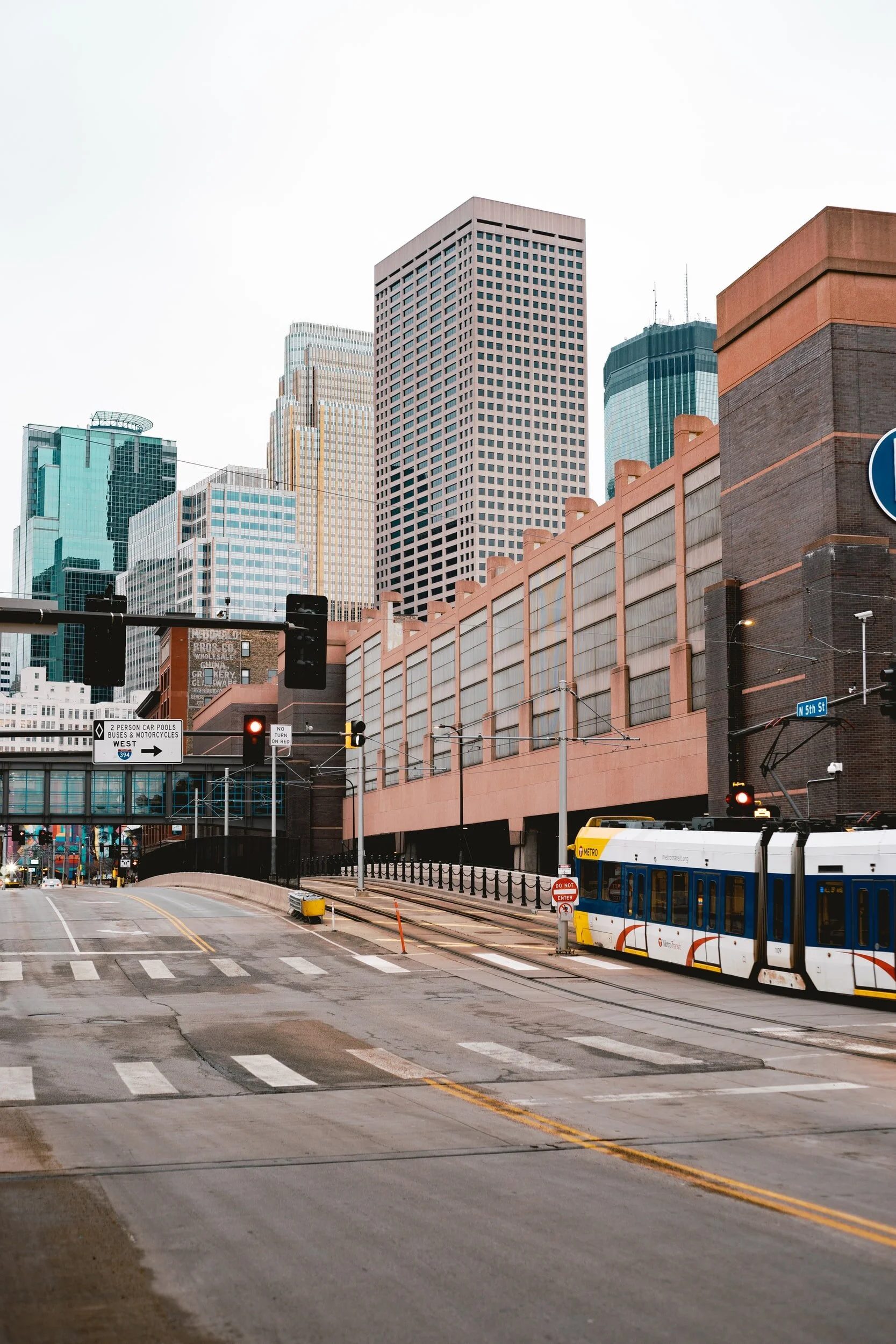A community’s response: Reflections from the White Mountain Apache Tribe a year into the pandemic
A community’s response: Reflections from the White Mountain Apache Tribe a year into the pandemic
By Alberto Mariani, Cronkite News, May 4, 2021
Photos available here. Word count: 585
WHITERIVER – The COVID-19 pandemic hit Native Americans especially hard. But as the spotlight turned to larger communities, including the Navajo Nation, the White Mountain Apache Tribe quietly battled to save its 15,000 members.
Now, more than a year since the first COVID-19 cases were recorded in the U.S., the tribe in eastern Arizona has slowed the spread of the disease and helped curb death rates through a combination of intense contact-tracing, surveillance of high-risk individuals and, finally, vaccinations.
Last year, the reservation was considered a hotspot. By Sept. 1, five months after the tribe’s first recorded COVID-19 case, it had 2,400 cases and had lost 39 people. Over the next six months, there were 1,500 new cases and just 10 additional deaths.
Systemic social and health inequities, along with multiple generations living under one roof, have put residents of rural towns like Whiteriver at greater risk of the coronavirus that causes COVID-19.
The White Mountain Apache slowed the spread of the disease and helped curb death rates through intense contact tracing, surveillance of high-risk individuals and vaccinations.
Each day at 9 a.m., a team of medical professionals and tribal members gathers at the Whiteriver Indian Hospital to evaluate the spread of the virus. The morning session lasts about half an hour, then staff are assigned cases to follow up.
They separate into smaller teams and head out across the reservation, going door to door to check on those who are positive with COVID-19, to monitor vital signs of those at-risk and to vaccinate those who agree.
Early on, the medical team used pulse oximeters to assess patients’ vital signs more accurately and spot positive cases before more pronounced symptoms developed.
This outreach effort helped the team form a stronger bond with tribal members, which medical workers say allowed them to get better information about who might have been exposed to the virus and respond quickly to any deteriorating cases.
This familiarity with the community is partly attributed to health outreach programs that were in place before the COVID-19 outbreak last spring, and the inclusion of tribal members among the contact-tracing team.
Now that vaccinations are underway, that bond has been a valuable tool to deter skepticism about whether the shots are safe. Kristen Parker, outreach director for Public Health Service, notes that everyone in the community has been touched by tragedy during the pandemic. But now that she’s able to deliver vaccines, she says, “It feels amazing to be part of the solution.”
Once vaccines became available, health care workers went directly to homes to administer them because not everyone can easily get to mass vaccination events. Often, more than one member of a household is vaccinated during a single visit.
Bonnie Lewis gets her second shot – completing her vaccinations series – and urges others to do the same. “Go ahead and get it, because a lot of my family members have got COVID-19 and a lot of us have ended up in the hospital. That’s what happens if you don’t,” she says.
Bernard Henry, a father of nine, was scheduled to get his first shot when this photo was taken. Although he remains wary of potential vaccine side effects, he says he’s relieved to get protected. He got COVID-19 but experienced only mild symptoms, but his wife was hospitalized last year.
Even though some skepticism about the vaccine persists among the White Mountain Apache, medical officers say they’re confident they’ll be able to vaccinate most tribal members.
For more stories from Cronkite News, visit cronkitenews.azpbs.org.






